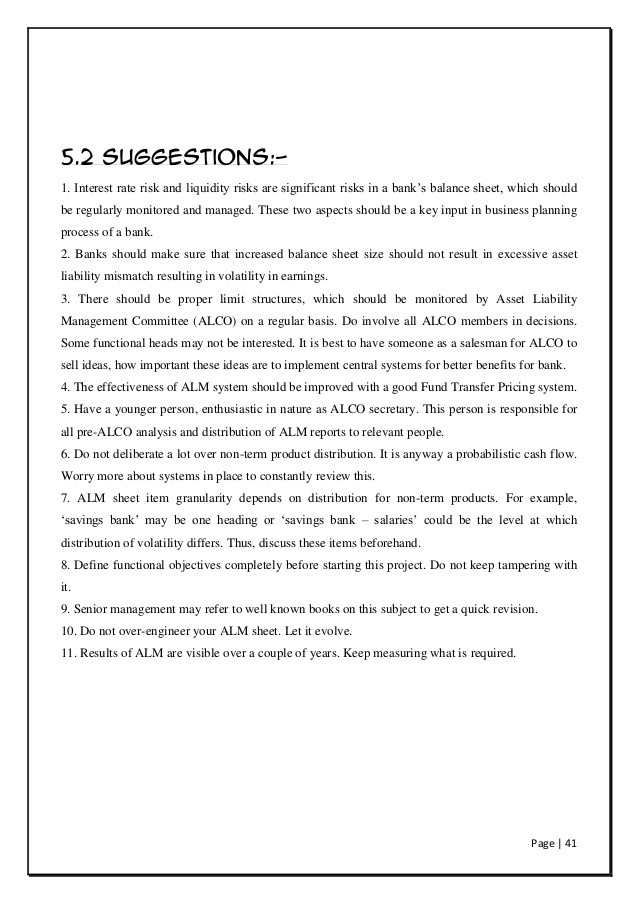Page Chapter 7 The Risk and Term Structure of Interest Rates Part I
Post on: 20 Апрель, 2015 No Comment

The Risk Structure of Interest Rates
6.45%
These differences are due to the different characteristics of these debt instruments such as the payment structure, the maturity, and the issuer. In this chapter we examine how various characteristic lead to interest rate differences.
First a word about measurement: The differences between the interest rates on two bonds is referred to as the spread. The spread is often measured by basis points. 100 basis points is equal to 1 percentage point. For example, in the table above, the difference between the Baa corporate bond and the Treasury note (both 10 year maturities) is
6.57% — 4.51% = 2.06 percentage points or 206 basis points
Here in part one we focus on bonds with the same maturity. The relationship among these bond interest rates is known as the risk structure of interest rates .
Figures 7.2 and 7.3 in your textbook provide a look at different long-term and short-term rates between 1970 and 2003.
Note how U.S. Treasuries tend to have the lowest yields, while corporate Baa bonds have the highest yields. However, the size of the spreads is not constant over time. The spread between Baa bonds and U.S. government bonds is almost 200 basis points 1982, but less than 10 basis points in 1995. We look at two factors that explain the spread we see in figures 7.2 and 7.3: default risk and tax treatment.

Default Risk and Bond Ratings
The default risk on a bond is the probability that the bond issuer will not make the promised interest payments or face value payments on time (or at all). This is known as a default. The default risk on a bond depends on the creditworthiness of the issuer as well as the structure of the bond. One of the most recent well-publicized defaults occurred in 2001 when the utility companies Southern California Edison & Co. and Pacific Gas & Electric were unable to make their bond payments due to skyrocketing wholesale electricity prices (which we later found out was due in part to market manipulations by Enron).
Any debt issued by the U.S. government is considered to have zero default risk, including U.S. Treasury securities. Such debt is said to be backed by the full faith and credit of the U.S. government. Since the U.S. government has the power to tax the largest economy in the world, its bonds are considered by credit markets to be default-free.
What about other issuers? Any bonds issued by private corporations or state/local governments is considered to have some default risk. The amount of default risk is very important to pricing a bond (and thus it’s interest rate). Because of this, bond issuers pay rating agencies to measure the default risk on a bond and rate that bond. The two largest rating agencies are Moody’s Investors Service and Standard and Poor’s (they rate about 75% of bond issues). Bond buyers use this rating as an indicator of default risk. The table below describes the rating system used by Moody’s and Standard and Poor’s. It is a little more detailed than the one in your book. The higher the credit rating, the lower the default risk














